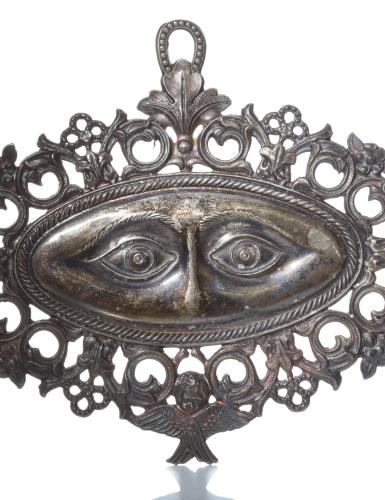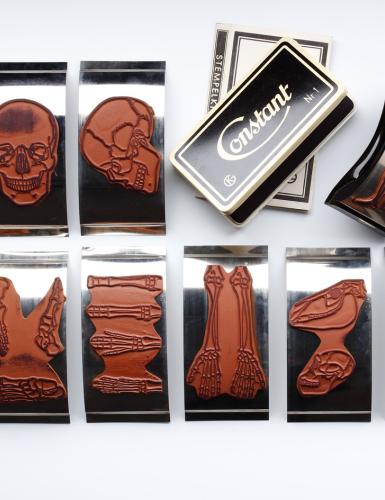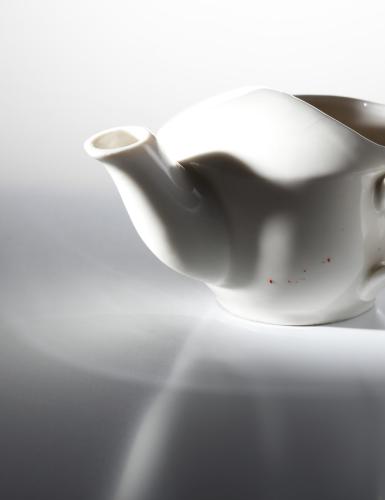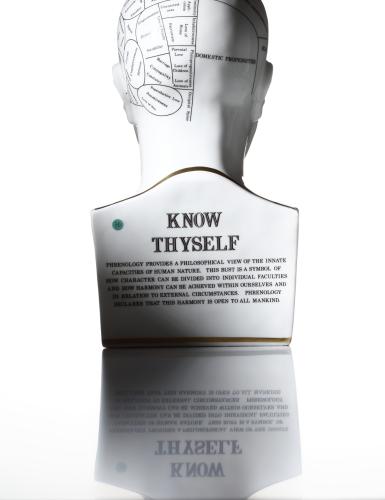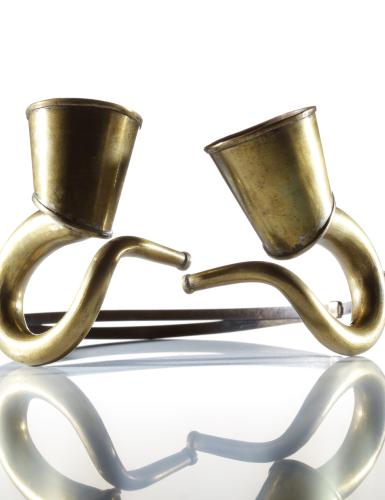The Institute for the History, Theory and Ethics of Medicine of Mainz University Medical Center has a small collection of around 750 medical-historical objects, which mainly come from donations from doctors’ estates and acquisitions from clinics.
Apart from a few replicas (i.e. Roman medical stamps, the first microscope by Antoni van Leeuwenhoek, 1632-1723), these medical-historical objects are original instruments for the examination and treatment of patients, mainly from the late 19th century onwards. In the field of diagnostics, these include for example a little hammer for testing reflexes, an ophthalmoscope, an otoscope, an ear speculum and a saccharometer for determining the sugar content in liquids. Objects from the therapeutic area include an anaesthetic mask named after the inventor Schimmelbusch, inhalation equipment, an apparatus for the sterilization of instruments, boxes with surgical and gynaecological instruments, obstetric forceps, a bag for military surgeons dated 1939 and an incubator for premature babies.
The therapeutic practice of pre-modern times is represented by cupping glasses, a bloodletting lancet and cauteries which were not only used for hemostasis but also for many different indications. Old drug packages give an impression of earlier medicines, eye votives of the belief in religious healings and a so-called “Gall skull” of the phrenology of the brain researcher Franz Joseph Gall (1758-1828) who believed that aptitudes and character traits could be read from the shape of human skulls and faces and localized in certain areas of the brain.
Apart from the selective use for teaching purposes the collection is important in terms of medical and cultural history.

